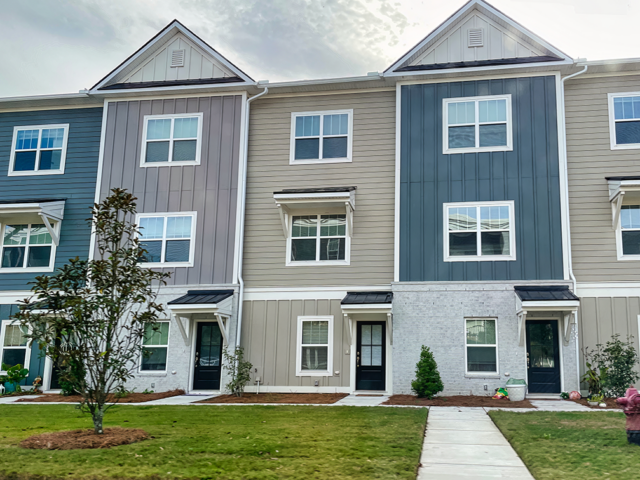
Low-income Housing Improved but Residents Still Struggle
U.S. house prices and rents have been rising for decades, interrupted only by the Great Recession. Rising costs have increased the already considerable burden on low-income people to pay for housing.
In 1985, for example, single people who received cash assistance from the federal Supplemental Security Income (SSI) program were paying half of their budgets for rent or a mortgage, according to a new study. Today, housing consumes about two-thirds of their income.
The trend is also up, though less dramatically, for families in which one member is getting SSI, with housing expenses growing from 45 percent of the budget to more than half. The maximum monthly SSI benefit is $943 for individuals and $1,415 for couples, and many recipients get some type of government housing subsidy.
As costs have increased, Erik Hembre at the Federal Reserve Bank of Minneapolis, along with his coauthors, wondered what’s happened to the quality of their dwellings. They found that living conditions have improved in tandem with rising rents and house prices.
This finding is important because housing is central to an individual’s quality of life, and the researchers note that SSI recipients are people with disabilities and retirees who have a limited capacity to earn money to improve their situations.
To measure housing quality, they constructed an index using 35 different indicators of poor quality contained in a periodic U.S. Census Bureau survey of U.S. residents. The survey asks about everything from the overall condition of their properties and problems with appliances, electrical systems and plumbing to the integrity of a house’s or apartment’s structure and the safety of the neighborhood.
The index value reflecting poor quality dropped sharply for safety net recipients between 1985 and 2021, and their living situations improved considerably relative to the average U.S. household. All of the 35 quality measures improved, including the functioning of hot water heaters, refrigerators, and toilets.
The size of their dwellings has also increased since 1985, though there was some backsliding in the Great Recession. Combined, housing conditions have improved roughly 40 percent relative to the average.
The study’s conclusion is that “housing quantity and quality have both risen significantly alongside expenditures.”
What seems to be happening, Hembre said, is that low-wage workers’ earnings have increased more than their housing costs, giving them some leeway to move into better housing as the quality of the U.S. housing stock overall has improved.
However, people on SSI still live in lower-quality housing than people who receive neither SSI nor SNAP food stamps. For example, SSI households more often live in mobile homes and high rises and less often in single-families.
But the overall improvement in the physical dwellings suggest that SSI recipients’ standard of living has risen since the 1980s.
To read this study by Erik Hembre, J. Michael Collins, and Samuel Wylde, see “A Rising Tide Lifts All Homes? Housing Consumption Trends for Low-income Households since the 1980s” published in the Journal of Public Economics.
The research reported herein was derived in whole or in part from research activities performed pursuant to a grant from the U.S. Social Security Administration (SSA) funded as part of the Retirement and Disability Research Consortium. The opinions and conclusions expressed are solely those of the authors and do not represent the opinions or policy of SSA, any agency of the federal government, or Boston College. Neither the United States Government nor any agency thereof, nor any of their employees, make any warranty, express or implied, or assumes any legal liability or responsibility for the accuracy, completeness, or usefulness of the contents of this report. Reference herein to any specific commercial product, process or service by trade name, trademark, manufacturer, or otherwise does not necessarily constitute or imply endorsement, recommendation or favoring by the United States Government or any agency thereof.






